

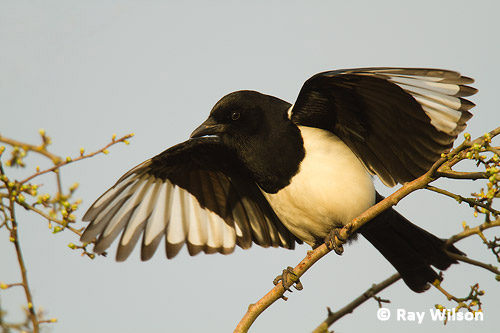
The rising population of Magpies in Britain has often been anecdotally accused of contributing to the concomitant decline in several small songbird species. Scientific studies, however, have found no evidence to support the theory that predation of eggs and nestlings by Magpies has any effect on the overall longterm population of small birds and their vilification is largely unjustified. The number of songbirds that perish through predation by Magpies is completely insignificant when compared to the number killed by domestic cats.
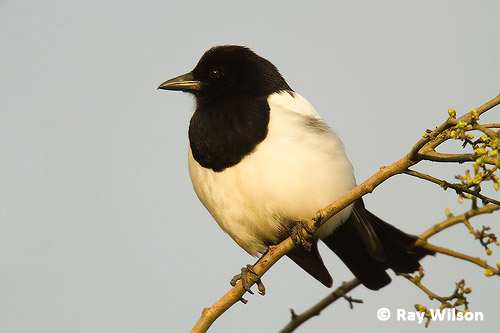
Studies on the Magpie's diet have revealed that over 70% of all they eat in summer is insects, meaning their benefit in pest control far outweighs any detrimental effects they may be perceived to have. In winter over 70% of their diet comprises plant material.
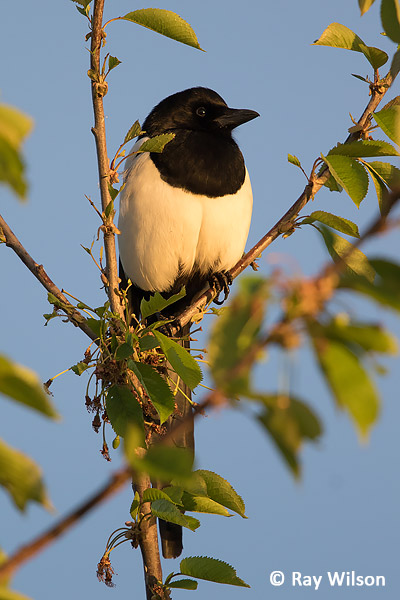
Magpies are a lowland species with, for example, over 90% of the population of south-east Scotland nesting below 300m, although some individuals will nest at considerably higher altitudes if suitable habitat exists. In general, their habitat requirement is for open grassland with areas of trees or shrubs to provide cover and suitable nesting sites, making gardens and parkland particularly attractive to them.
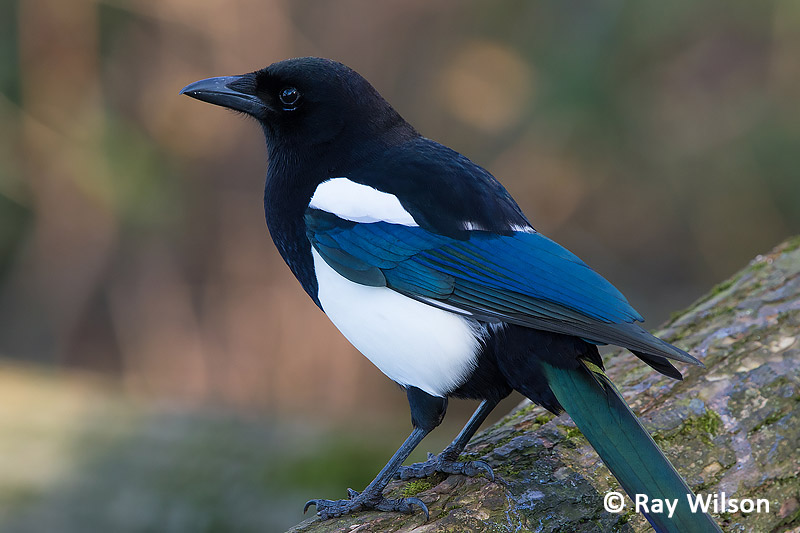
Magpies are well documented as frequently having patches of bare, blue skin under their eyes in their southern populations but I've never seen one displaying this trait in Britain before. The above photo was taken 2 days after Hurricane Ophelia passed through, so I guess there is a very remote possibility that it may have been blown north with the storm but, due to Magpies normally being highly sedentary, I would guess it is far more likely to just be a genetically aberrant individual from a local population.
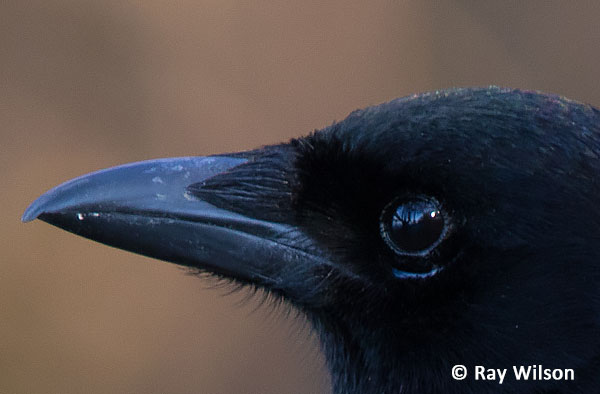
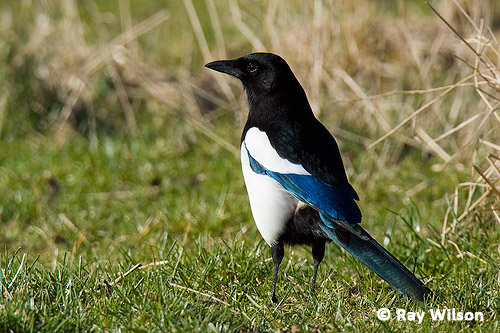
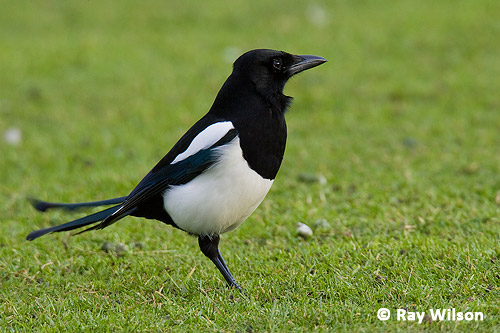
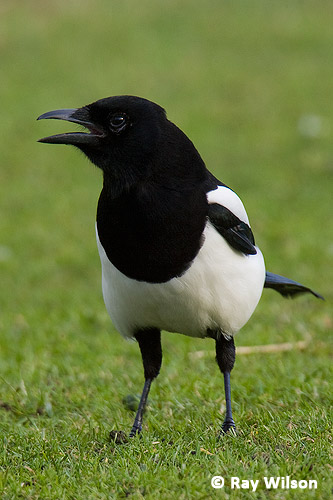
Ray Wilson owns the copyright of all images on this site.
They may not be used or copied in any form without prior written permission.
raywilsonphotography@googlemail.com